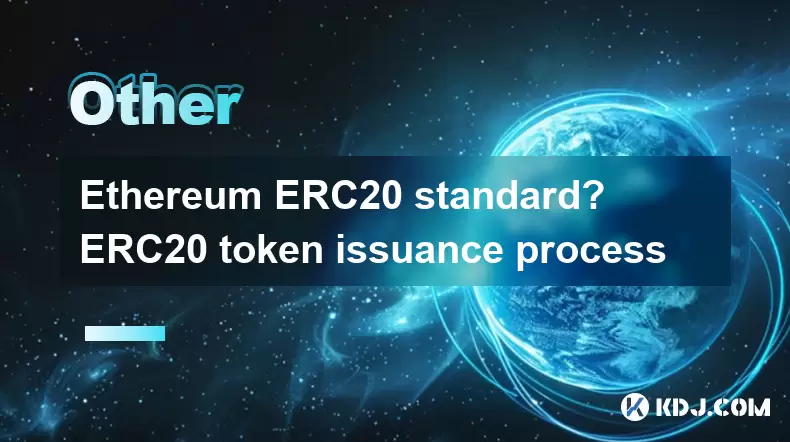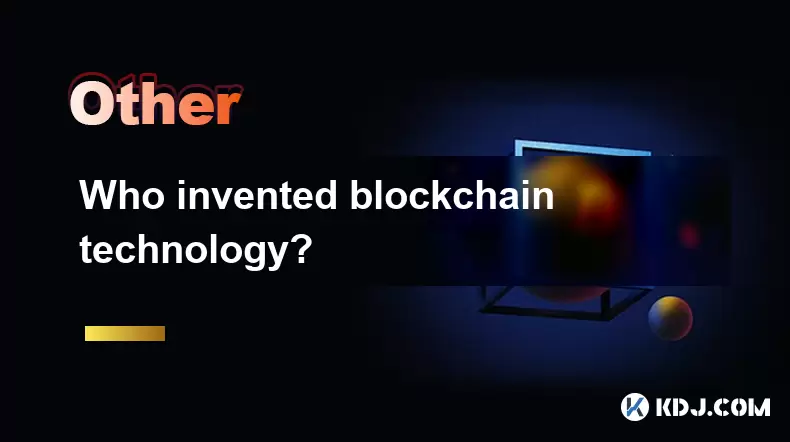-
 Bitcoin
Bitcoin $114700
-3.36% -
 Ethereum
Ethereum $3619
-6.51% -
 XRP
XRP $2.926
-7.66% -
 Tether USDt
Tether USDt $0.9998
-0.02% -
 BNB
BNB $768.6
-4.90% -
 Solana
Solana $168.2
-7.52% -
 USDC
USDC $0.9999
0.00% -
 Dogecoin
Dogecoin $0.2045
-9.02% -
 TRON
TRON $0.3243
-0.27% -
 Cardano
Cardano $0.7208
-8.45% -
 Hyperliquid
Hyperliquid $39.74
-9.17% -
 Stellar
Stellar $0.3882
-8.79% -
 Sui
Sui $3.481
-11.93% -
 Chainlink
Chainlink $16.52
-9.04% -
 Bitcoin Cash
Bitcoin Cash $556.7
-4.79% -
 Hedera
Hedera $0.2444
-11.40% -
 Avalanche
Avalanche $21.96
-8.51% -
 Ethena USDe
Ethena USDe $1.001
-0.02% -
 UNUS SED LEO
UNUS SED LEO $8.950
0.15% -
 Toncoin
Toncoin $3.425
-2.33% -
 Litecoin
Litecoin $104.4
-5.94% -
 Shiba Inu
Shiba Inu $0.00001212
-7.49% -
 Polkadot
Polkadot $3.630
-6.98% -
 Uniswap
Uniswap $9.165
-10.12% -
 Monero
Monero $306.8
-3.10% -
 Dai
Dai $0.9999
-0.01% -
 Bitget Token
Bitget Token $4.360
-3.43% -
 Pepe
Pepe $0.00001049
-9.59% -
 Cronos
Cronos $0.1352
-8.67% -
 Aave
Aave $256.5
-8.03%
Ethereum ERC20 standard? ERC20 token issuance process
The ERC20 standard defines functions like transfer, approve, and balanceOf to ensure interoperability among Ethereum-based tokens.
Jun 15, 2025 at 12:07 am

What is the Ethereum ERC20 Standard?
The ERC20 standard is a technical specification used for implementing tokens on the Ethereum blockchain. It was introduced in 2015 and has since become the most widely adopted token standard within the Ethereum ecosystem. The acronym ERC stands for Ethereum Request for Comments, and the number "20" serves as the identifier for this particular proposal.
This standard defines a set of functions and events that must be present in any compliant token contract, ensuring interoperability between different tokens and applications. Key functionalities include transferring tokens between accounts, querying account balances, and approving token transfers. By adhering to the ERC20 standard, developers can create tokens that are compatible with wallets, exchanges, and decentralized applications (dApps) that already support this framework.
Key Functions Defined by the ERC20 Standard
To ensure consistency across token implementations, the ERC20 standard mandates six core functions:
- totalSupply(): Returns the total number of tokens in existence.
- balanceOf(address _owner): Retrieves the token balance of a specific address.
- transfer(address _to, uint256 _value): Allows a token holder to send tokens to another address.
- transferFrom(address _from, address _to, uint256 _value): Enables third-party transfers after approval, often used in dApps.
- approve(address _spender, uint256 _value): Grants permission to an external account or contract to spend tokens on behalf of the owner.
- allowance(address _owner, address _spender): Checks how many tokens a spender is allowed to transfer from the owner's account.
In addition to these functions, two events must be emitted during certain operations:
- Transfer(address indexed _from, address indexed _to, uint256 _value)
- Approval(address indexed _owner, address indexed _spender, uint256 _value)
These events allow external systems to react to changes in token balances and approvals.
Why Use the ERC20 Standard for Token Issuance?
Using the ERC20 standard provides several advantages to developers and users alike. One of the primary benefits is interoperability—since all ERC20 tokens follow the same interface, they can easily integrate with existing infrastructure such as wallets like MetaMask, exchanges like Binance, and smart contract platforms.
Another benefit is developer efficiency. Developers don’t need to reinvent the wheel when creating new tokens. Instead, they can use established templates and libraries that implement the ERC20 standard, reducing development time and minimizing errors.
Additionally, because of its widespread adoption, ERC20 tokens have better liquidity and market accessibility compared to custom token standards. This makes it easier for projects to raise funds through Initial Coin Offerings (ICOs) or distribute utility or governance rights via tokens.
Step-by-Step Process for Issuing an ERC20 Token
Issuing an ERC20 token involves writing and deploying a smart contract on the Ethereum blockchain. Below is a detailed guide:
Choose a Development Environment: Popular tools include Remix IDE, Truffle, and Hardhat. For simplicity, Remix IDE is ideal for beginners.
Write the Token Contract: Use Solidity, the primary programming language for Ethereum smart contracts. Start by importing OpenZeppelin’s ERC20 implementation:
pragma solidity ^0.8.0;
import "@openzeppelin/contracts/token/ERC20/ERC20.sol";contract MyToken is ERC20 {
constructor(uint256 initialSupply) ERC20("MyToken", "MTK") { _mint(msg.sender, initialSupply); }}
Compile the Contract: In Remix, click on the compile tab and ensure there are no errors in your code.
Deploy the Contract: Connect to an Ethereum network using MetaMask. You can deploy to Ropsten, Goerli, or Mainnet depending on your needs.
Verify the Contract: After deployment, verify the source code on Etherscan so users can trust the token’s authenticity.
Distribute Tokens: Once deployed, you can transfer tokens to other addresses or set up a crowdsale mechanism.
Each step requires careful attention to detail to avoid costly mistakes such as sending tokens to incorrect addresses or locking funds due to faulty logic.
Best Practices When Creating an ERC20 Token
Creating a secure and functional ERC20 token requires more than just writing code. Several best practices should be followed:
- Use Well-Audited Libraries: Leverage well-established libraries like OpenZeppelin to minimize vulnerabilities.
- Conduct Security Audits: Have your smart contract audited by professionals or use automated tools like Slither or MythX.
- Test Thoroughly: Deploy your token to testnets before going live. Tools like Truffle Test or Hardhat Network help simulate real-world scenarios.
- Set Appropriate Decimals: Decide how divisible your token will be. Most tokens use 18 decimals, similar to Ether.
- Consider Upgradeability: While not part of the original ERC20 standard, consider using proxy patterns if future updates are anticipated.
- Document Everything: Provide clear documentation for users and developers about token mechanics, ownership, and distribution.
By following these practices, you reduce the risk of bugs, exploits, and misuse, which is crucial for maintaining user trust and regulatory compliance.
Frequently Asked Questions
Q: Can I change the name or symbol of my ERC20 token after deployment?
A: No, once the token contract is deployed, the name and symbol cannot be changed unless the contract includes upgradeable logic.
Q: How do I check the balance of an ERC20 token?
A: You can call the balanceOf(address) function from the token contract using tools like Remix, Web3.js, or directly through Etherscan.
Q: Is it possible to issue an ERC20 token without coding experience?
A: Yes, platforms like TokenMint, Token Factory, or STOKR allow users to generate ERC20 tokens through graphical interfaces without writing code.
Q: What happens if I send ETH directly to an ERC20 token contract?
A: Most ERC20 contracts do not handle native ETH properly. Sending ETH to them may result in permanent loss unless the contract has a fallback function to receive ether.
Disclaimer:info@kdj.com
The information provided is not trading advice. kdj.com does not assume any responsibility for any investments made based on the information provided in this article. Cryptocurrencies are highly volatile and it is highly recommended that you invest with caution after thorough research!
If you believe that the content used on this website infringes your copyright, please contact us immediately (info@kdj.com) and we will delete it promptly.
- Australia vs Lions: Unleashing Betting Offers and Free Bets for the Thrilling Finale
- 2025-08-01 16:30:11
- Bitcoin, Satoshi, and the Echoes of Ancient Wisdom in DeFi
- 2025-08-01 16:50:12
- ONDO Tokens: Could They Mint the Next Crypto Millionaires?
- 2025-08-01 16:30:11
- Satoshi, Meme Coins, and Substance: A New Era?
- 2025-08-01 16:50:12
- Decoding the Roar: Australia, the Lions, and the Betting Odds
- 2025-08-01 16:55:48
- Bitcoin Price Plummets Amid Trump Tariffs: A Market Sell-Off Deep Dive
- 2025-08-01 16:55:48
Related knowledge

How to start a business using blockchain?
Jul 28,2025 at 12:36am
Understanding the Basics of Blockchain TechnologyBefore diving into the process of starting a business using blockchain, it's crucial to understand wh...

What is a token on the blockchain?
Jul 21,2025 at 07:00am
Understanding the Concept of a TokenIn the realm of blockchain technology, a token is a digital representation of an asset or utility that exists on a...

Can blockchain be used for identity verification?
Jul 18,2025 at 02:14pm
Understanding Identity Verification in the Digital AgeIn the modern digital landscape, identity verification has become a critical component for ensur...

What is a consensus mechanism in blockchain?
Jul 21,2025 at 03:01am
Understanding the Basics of Consensus MechanismsA consensus mechanism is a critical component of any blockchain network. It refers to the process by w...

How to explain blockchain to someone with no tech background?
Jul 18,2025 at 11:08pm
Understanding the Basics of BlockchainTo explain blockchain to someone with no tech background, it's essential to start with simple analogies and avoi...

Who invented blockchain technology?
Jul 23,2025 at 01:28am
Origins of Blockchain TechnologyBlockchain technology did not emerge from a single inventor or institution. Instead, it evolved through a series of ac...

How to start a business using blockchain?
Jul 28,2025 at 12:36am
Understanding the Basics of Blockchain TechnologyBefore diving into the process of starting a business using blockchain, it's crucial to understand wh...

What is a token on the blockchain?
Jul 21,2025 at 07:00am
Understanding the Concept of a TokenIn the realm of blockchain technology, a token is a digital representation of an asset or utility that exists on a...

Can blockchain be used for identity verification?
Jul 18,2025 at 02:14pm
Understanding Identity Verification in the Digital AgeIn the modern digital landscape, identity verification has become a critical component for ensur...

What is a consensus mechanism in blockchain?
Jul 21,2025 at 03:01am
Understanding the Basics of Consensus MechanismsA consensus mechanism is a critical component of any blockchain network. It refers to the process by w...

How to explain blockchain to someone with no tech background?
Jul 18,2025 at 11:08pm
Understanding the Basics of BlockchainTo explain blockchain to someone with no tech background, it's essential to start with simple analogies and avoi...

Who invented blockchain technology?
Jul 23,2025 at 01:28am
Origins of Blockchain TechnologyBlockchain technology did not emerge from a single inventor or institution. Instead, it evolved through a series of ac...
See all articles

























































































